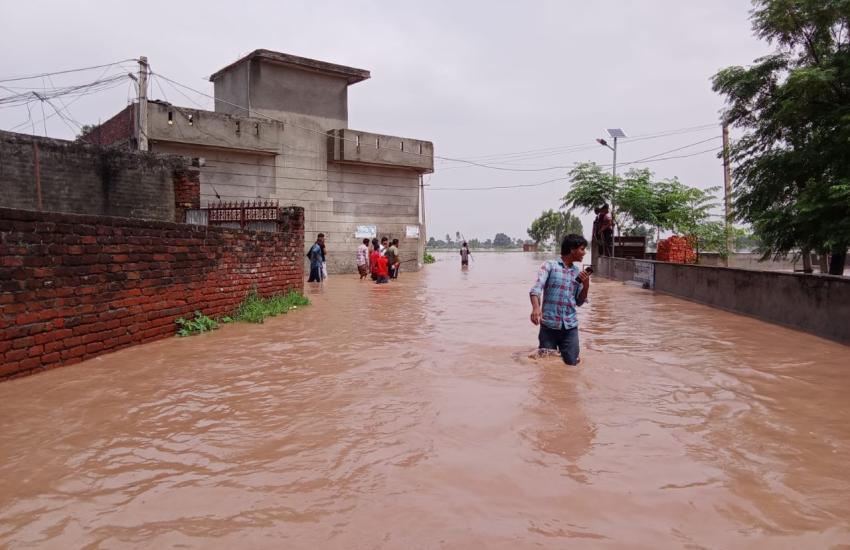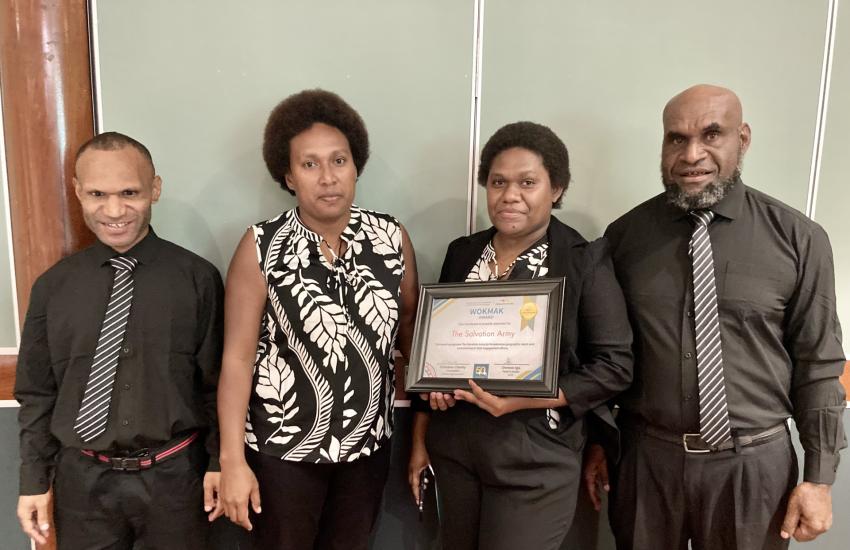SALVATION Army relief teams continue to offer assistance as people in The Philippines try to recover from the cumulative impact of four devastating typhoons that hit the country over a period of 10 weeks from 25 September to 9 December 2006. Typhoon Durian caused extensive damage and is the worst natural disaster in the Philippines since the eruption of Mount Pinatubo in 1991.
Durian hit The Philippines in late November, killing more than 1,000 people as high winds and floods triggered devastating landslides in central Albay province. As many as 100,000 people were displaced and many people in the region are still without food, water and electricity. Around 120,000 people are still sheltering in evacuation centres in Albay after their homes were destroyed.
Lieut-Colonel Graham Durston, Chief Secretary of The Salvation Army's The Philippines Territory, reports that Salvation Army relief teams returned from Legaspi (Albay Province) in the early hours of Sunday morning having distributed around 2,000 relief rations. Each large sack given out contained urgent food supplies such as rice and canned foods along with much-needed household provisions. Basic supplies such as soap, toothpaste/brushes, washing powder, sleeping mats and mosquito nets were also included in the family relief packs.
The team’s humanitarian convoy travelled to the impacted area in two very large trucks and, along with the territory’s emergency services vehicle, endured an arduous 12-hour journey from Manila.
The team coordinated with Government disaster organisations which assigned three areas to The Salvation Army. The local corps officer supervised the distribution. A large amount of the relief aid was distributed in areas that had received no help at all.
In all the areas families were delighted at the quality and quantity of the provision made for them, saying that their only other assistance had been small bags of groceries which were distributed immediately after the disaster. Medicines were also supplied and a small medical clinic was set up in partnership with a local doctor.
'There was a vast amount of work involved by officers and volunteers in purchasing supplies and packing the sacks in Manila.' reports Lieut-Colonel Durston. 'We have spent around US$40,000 so far. We were able to cover half of this cost from our local emergency fund and our friends in Hong Kong assisted with a donation. We have received a plea for help from another district in Casmarine Sur, an area north of Legaspi, where there was immense property damage but fortunately less loss of life. We plan to source provisions to supply similar relief packages to a further 1,000 families. These families have not yet received any assistance and are desperate for help. It is an isolated area which will be very hard to reach, but our relief teams are keen to respond.'
With local relief funding now depleted, an appeal has been made for further assistance and donations in support of the continuing relief effort can be sent to International Headquarters or made through the secure online donation system, marked for the South Pacific and East Asia Disaster Fund.
International Emergency Services Coordinator





